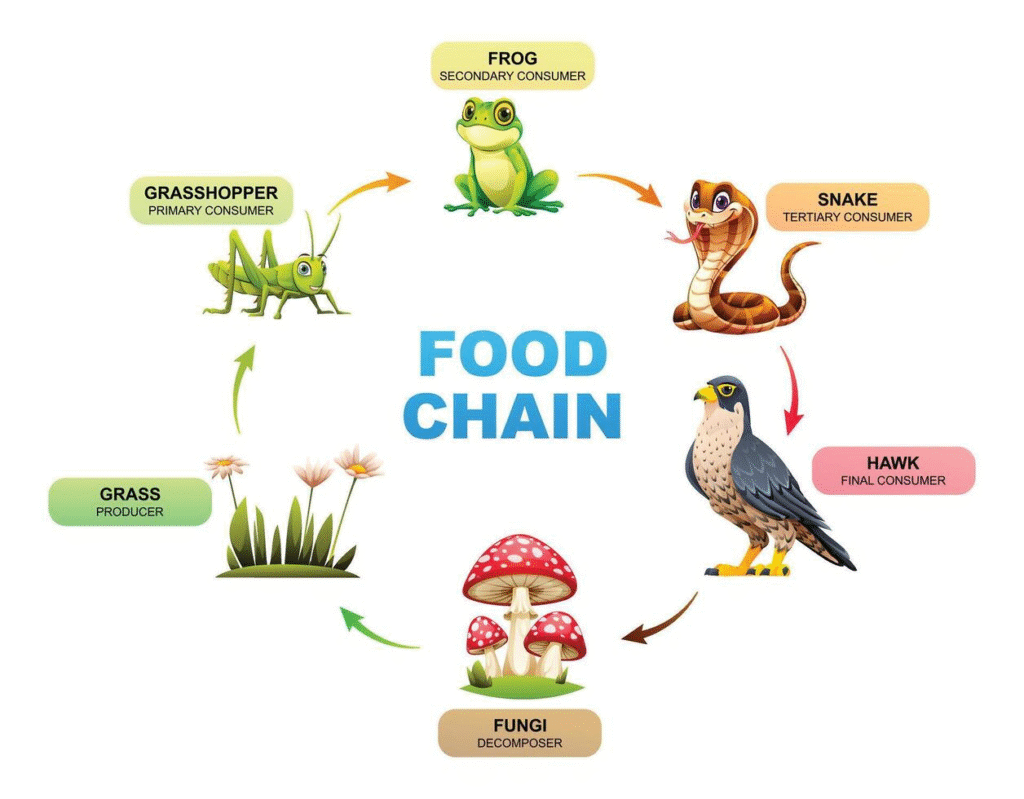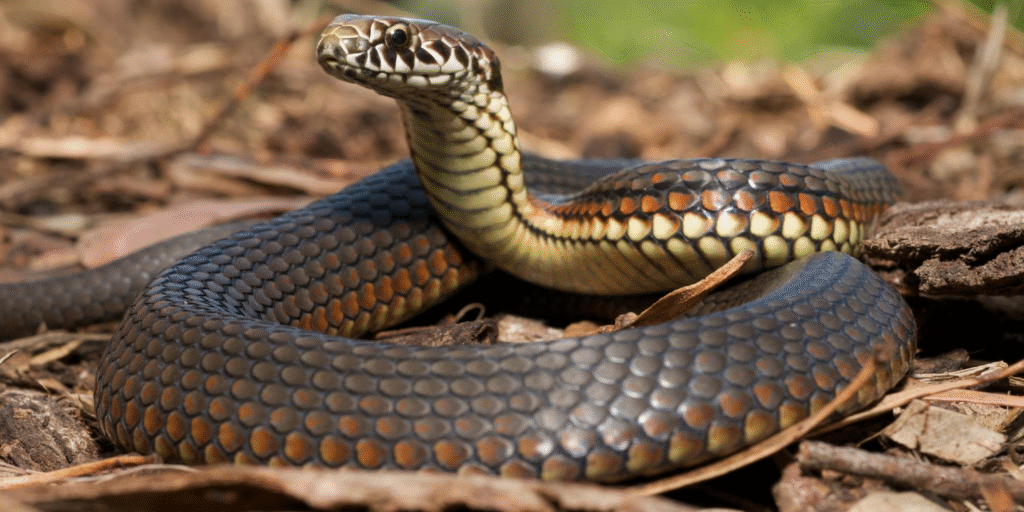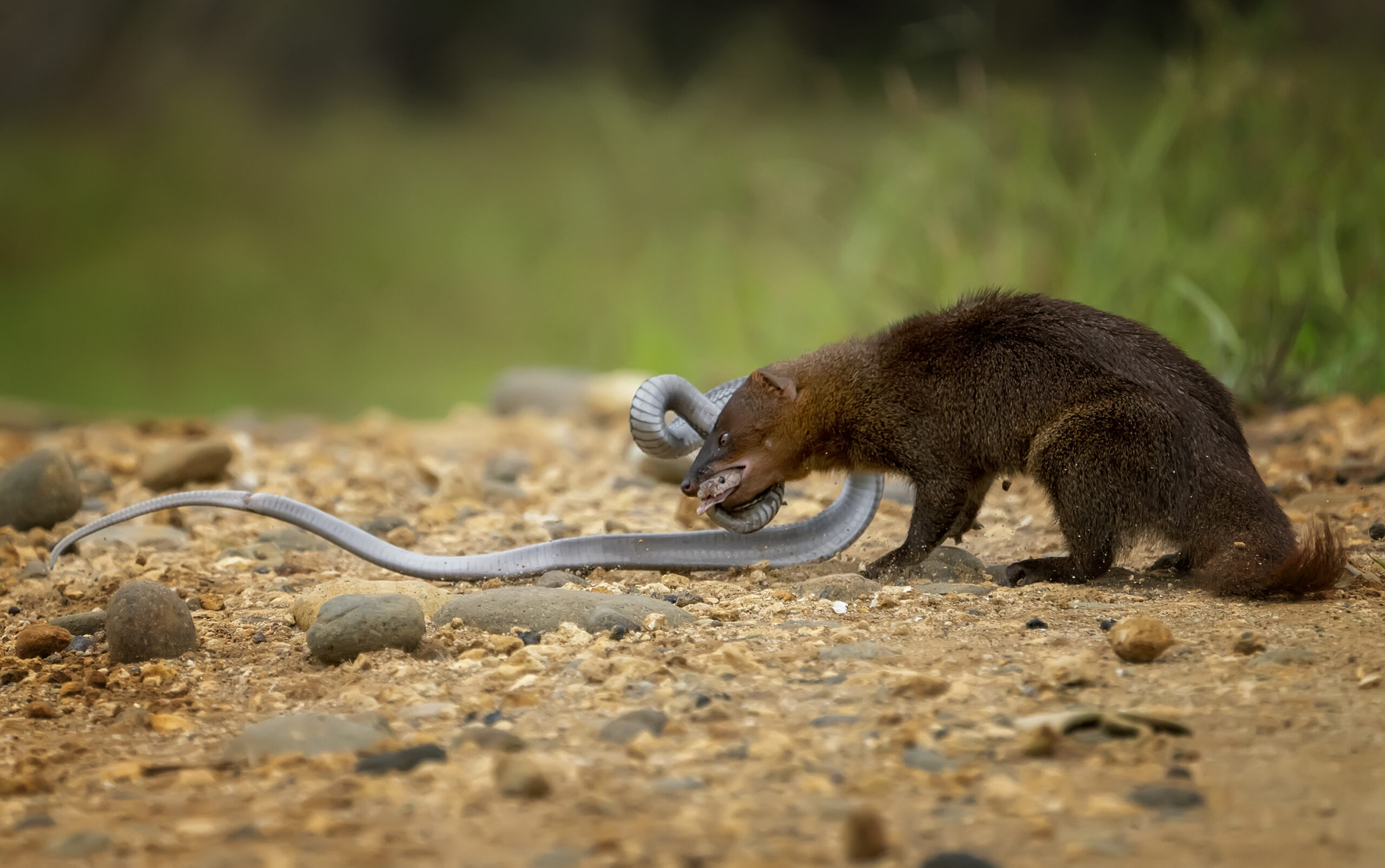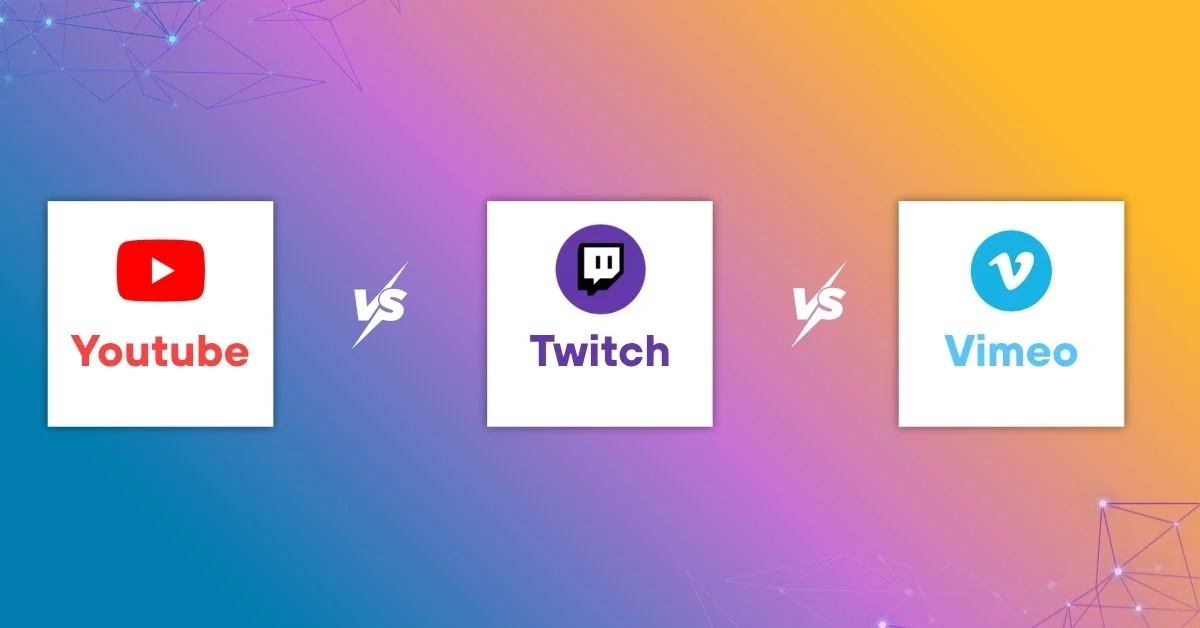In the natural world, snakes are regularly seen as skillful killers that motivate both fascination and fear. Known for their privacy, speed, and venomous bits, snakes control many environments as current hunters. However, even the most feared reptile has opponents. A amazing number of animals eat snakes, proving that every hunter can also become target in nature’s difficult food web. Considerate what animals eat snakes not only proposals vision into wildlife survival strategies but also shows how balance is maintained in varied environments around the world.
The Food Chain and Snakes’ Role
Snakes populate an important location in the food chain. They control residents of rodents, frogs, insects, and other small creatures, keeping environments established. But in return, snakes also assist as a food source aimed at other animals that have grown the strength, intellect, or protection needed to chase them. These hunters range from animals and birds to other reptiles and even amphibians.

When we discover what animals eat snakes, we discover absorbing examples of alteration and resolution among nature’s beings. Some trust on speed, others on venom fight, and some on absolute power to stretch sneaks.
Birds of Prey: The Sky’s Snake Hunters
Among the most skilled hunters of snakes are birds of kill. Eagles, hawks, and owls have strong view and rapid flight, letting them to wodge snakes from high above and foray before the snake can respond.
The snake eagle, as its name advises, focuses in hunting snakes. Found in Africa and parts of Asia, it plunges down with incredible accuracy, gripping the snake with its claws and serious it before allowing it entire. Also, the red-tailed hawk in North America and the brown snake eagle in Africa are both experts in snake hunting.
Even the great horned owl, a of the night hunter, can take on snakes at night when they are most active. Birds of victim play a vital role in regulatory snake populations, especially in regions where venomous types are common.
Mammals That Eat Snakes
The mongoose is one of the most famous examples. Known for its quick reactions and incomplete protection to venom, the mongoose can face off in contradiction of dangerous snakes like cobras and vipers. Using its quickness and dense fur for defense, it incites the snake into arresting, then excuses and attacks when the moment is right.
Honey badgers are another valiant killer. In spite of their small size, they are known for their hardiness and resistance to snake venom. A honey press can kill and eat highly venomous snakes like breath adders and cobras. Their thick skin, individual with willpower and strength, makes them nearly invincible in the wild.
Other animals that eat snakes comprise foxes, wild boars, raccoons, and even opossums. While these animals may not aggressively hunt snakes as a primary food source, they won’t vacillate to kill and consume one if the opportunity rises.
Reptiles That Hunt Other Reptiles
It force sound unusual, but numerous snakes are also worried by other snakes. Superior species, such as king cobras, king snakes, and indigo snakes, are known for vulturine on smaller or less venomous snakes.
The king cobra, found in Southeast Asia, is the biggest venomous snake in the world, and its nourishment consists mainly of other snakes, counting venomous ones. Its influential venom and speed allow it to pacify and eat other sneaks with comfort.
This snake-on-snake predation highpoints nature’s never-ending cycle of survival, where even among reptiles, there is a constant fight for supremacy and food.
Amphibians and Fish That Eat Snakes
Although less corporate, some amphibians and fish are also known to eat snakes, mainly smaller or young ones. Huge bullfrogs, for example, can eat young snakes if they cross paths. In tropical areas, large catfish and alligators sometimes consume snakes that arrive the water, rotating the tables on these reptiles that often kill on smaller fish and amphibians themselves.
Humans and Cultural Significance
Humans have long comprised snakes in their food in some cultures. In parts of Asia and Africa, snake meat is careful a fragility or a source of protein. Beyond ingesting, snakes also hold representative and cultural importance.
Understanding what animals eat snakes gives us a broader perspective on how humans and wildlife interact with these reptiles — not just as threats but as essential members of the ecological system.
Ecological Importance of Snake Predators
The presence of animals that eat snakes keeps the natural world in stability. Without killers, snake residents could grow unchecked, leading to an inequity in the populations of smaller animals that snakes kill upon.

When snake marauders decline often due to habitat loss, pollution, or hunting bionetworks can suffer. For example, less raptors and mongooses can lead to an increase in venomous snakes near human receipts. Protecting these snake-eating animals helps maintain harmony in nature.
Adaptations That Help Animals Eat Snakes
Animals that eat snakes have changed special characters that make them popular hunters. Strident vision, fast reactions, tough skin, and venom resistance are just a few examples. The mongoose’s protection to venom, the eagle’s powerful nails, and the king snake’s resistance to snake venom all show how nature prepares its beings for existence.

These versions exhibit growth’s brilliance each kind finding its way to increase despite dangers in the environment. Learning what animals eat snakes also helps scientists understand how defense, behavior, and structure grow to outfit specific environmental roles.
Conclusion
The question of what animals eat snakes opens a window into the charming world of killers and prey. Each animal that kills on snake’s funds to biological balance, ensuring that nature’s circle of life continues efficiently. Snakes may be among the most be afraid creatures on Earth, but they are not impossible. In the impressive design of the rough, every creature has its place and even the hunter can become the hunted.
Ali Raza, a passionate blogger with 4 years of experience, shares insights on technology, digital marketing, and fashion at TechBusZone. His expertise helps readers stay updated with trends, tips, and practical guides across these dynamic fields.




